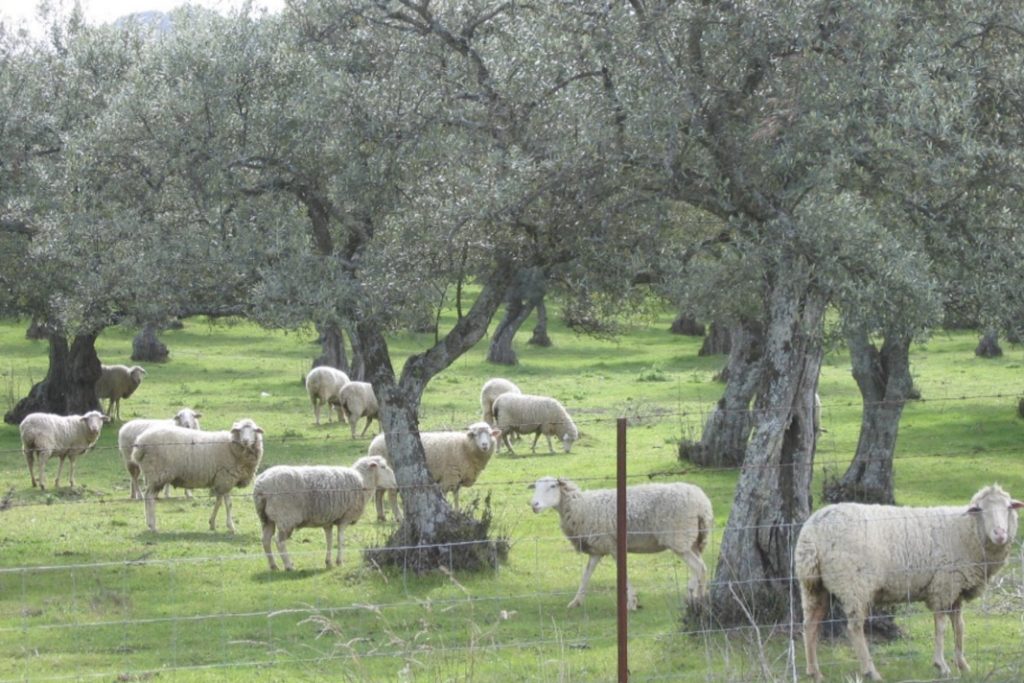
In this blog article, the European Agroforestry Federation (EURAF), a ResAlliance project partner, reflects on critical issues of the Nature Restoration Regulation and its implications for agroforestry practices.
Two years after the European Agroforestry Federation (EURAF) raised issues about mistaken terminology and indicators in the draft Nature Restoration Regulation (NRR) (Policy Briefing #18 v2), and particularly the bizarre concept of “non-productive trees,” a consultation has just closed on a “uniform format” to be used by Member States for their Nature Restoration Plans. Discussions are moving from the Commission to a national level, but several issues remain unresolved.
EURAF hopes that stakeholders active at the national level will try to fix some of these issues in the two years remaining before national Nature Restoration plans have to be published by Member States. In general terms, EURAF is concerned that the proposed rules and format for national Nature Restoration Plans missed the opportunity for integrated reporting on agriculture, forest, environment, and carbon sequestration at a parcel-scale and that increased targets for some of the biodiversity indicators proposed (like standing dead or lying biomass) could have a negative effect on nature at a time of increased fire risk.

In this article, EURAF points to 3 issues which should be addressed by Member States in their Nature Restoration Plans and hopes for the future.
Step 1: Avoid the illogical concept of “unproductive trees”
The exclusion of “productive trees” from the NRR definition of landscape features (Arc 2000) remains confusing in the final version, despite the concession that “productive trees” are eligible if they “are part of sustainable agroforestry systems”. The issue arose because the EU Biodiversity Strategy 2030 (COM/2020/380 final) included a target that 10% of the EU’s agricultural land should comprise “unproductive landscape features and areas”. However, this was a simple error of syntax that went uncorrected. The previous CAP (2007-2013) referred to “landscape features and unproductive areas”—a” very different concept, where the “unproductive areas” were almost entirely fallow land.
Very significant environmental benefits can arise if landscape areas are farmed extensively by restricting the use of fertiliser, herbicides, and pesticides but still allowing “productive” uses like controlled grazing and the cutting of tree branches for fodder. All trees on farms are therefore inherently productive. They provide timber, fuelwood and fodder in addition to their “non-productive” environmental services.
Step 2: Integrate NRR indicators with CAP statistics
While some positive developments have emerged in the integration of the NRR indices with those used in the Common Agricultural Policy (CAP), it looks like the process has not gone far enough. This alignment should aim at reducing bureaucratic hurdles for farmers and ensuring consistent implementation across EU policies. Using two different sets of indicators and land-classification methods for largely the same areas leads to double-work for everyone. It is also likely to lead to agroforestry being under-reported, since trees are often found in linear features or boundaries, which are recorded in the CAP but which will not be picked up in the broad-brush reporting scale currently envisaged for the NRR.
Step 3: Move from pixel to parcel for NRR reporting
For most environmental metrics in the NRR, Member States are given the option of reporting for NUTS3 areas (i.e., “provinces”), 10 km pixels, or detailed parcels. This degree of flexibility doesn´t reflect the fact that the NRR is supposed to bring more uniform environmental reporting rules! EURAF strongly recommends that the existing agricultural Land Parcel Information System (LPIS) should be employed for both NRR and CAP reporting in all Member States. This will allow much-needed comparability between administrations and could be extended to integrate with forestry parcels contained in National Forest Inventory data. Such integration is coming anyway by 2028 as part of the planned geospatial parcel-based registry of carbon farming schemes.
EURAF also recommends that the LPIS system is used by Member States for the quantification of landscape features rather than either the pan-European approach developed by the Joint Research Centre based on the LUCAS (Land Use/Cover Area Frame Survey) system (with 4 km² pixel resolution) or the broad-brush Copernicus approach to measure woody landscape features developed by the European Environmental Agency.

What’s next?
Work on the development of national Nature Restoration Plans should start soon. Member States should receive guidance from the European Commission, but they still have the flexibility to incorporate ‘more ambitious’ approaches in the implementation of this law.
The coming year will be crucial in determining whether the NRR can overcome its initial challenges and fulfil its promise of restoring Europe’s nature while supporting sustainable agriculture. EURAF sees harmonised reporting of woody landscape features as a crucial opportunity for the NRR. Member States should all choose to report it, and should do so at the parcel-scale, since this provides the best possible integration with CAP rules and with future carbon farming monitoring.
National Nature Restoration Plans should address the three issues outlined above and stick to the principle of “measure once and use often”. Policy coherence, reliable metrics, and proactive participation of all stakeholders is needed until the final drafts of the plans are submitted to the Commission in August 2027.
Visit ResAlliance’s official website
This article was originally written by:
The European Agroforestry Federation (EURAF)
The post Non-Productive Trees – Non-Productive Policies? appeared first on Resilience Blog.